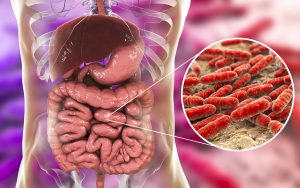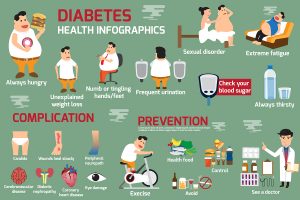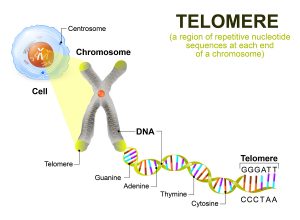A new study showed that not exercising is more risky for you than smoking. We all know that smoking puts you at risk to get a heart attack or a stroke. It can also cause lung cancer and other cancers. So, hearing that not exercising is even more risky than smoking comes as a shocker.
The study
Dr. Wael Jaber, a cardiologist at the Cleveland Clinic was the senior cardiologist of this study. It was based on 122,007 patients who underwent tests using an exercise treadmill test at the Cleveland Clinic. This took place between the beginning of January 1991 and the end of December 2014. The end point in the study was all-cause mortality. The question in the study was whether exercise and fitness were lowering the risk of mortality. The result showed that 12% of the study group had the lowest exercise rate. This sedentary group had a mortality rate that was 500% higher than the top exercise performers. Compared to someone who exercises regularly the sedate group that hardly exercises still had a 390% higher death rate.
No ceiling of the benefit of exercise
What was astounding to the researchers was the fact that there was no ceiling of the benefit of exercise. The ultra fit group still had a super low mortality rate, lower than the next higher fitness group. Age did not matter either. Whether you were 40 or 80, the more you exercised, the lower your mortality rate was.
Comments about the study
Jaber said: “Being unfit on a treadmill or in an exercise stress test has a worse prognosis than being hypertensive, being diabetic or being a current smoker. We’ve never seen something as pronounced as this and as objective as this.” He went on to say: “If you compare the risk of sitting versus the highest performing on the exercise test, the risk is about three times higher than smoking.”
A sports medicine physician, Dr.Jordan Metzl who was not part of the study, said: “Cardiovascular disease and diabetes are the most expensive diseases in the United States. We spend more than $200 billion per year treating these diseases and their complications. Rather than pay huge sums for disease treatment, we should be encouraging our patients and communities to be active and exercise daily.”
Other studies showing that not exercising is associated with a high mortality rate
The STABILITY trial
This trial was based on 15,486 patients with heart disease and found that even 10 minutes of exercise per day reduced mortality. They compared the death rate of people engaging in 10 minutes of a brisk walk with a group who did not exercise at all. The brisk walkers had a 33% lower death rate than the group who was entirely sedentary.
A lack of exercise causes a lot of chronic diseases
This review article mentions that a number of chronic diseases were related to sedentary lifestyle. Major diseases like heart attacks, strokes, arthritis, depression and anxiety and others were clearly much more common in people who were more sedentary than those who were exercising regularly.
Poor lifestyle in general causes diseases
Lifestyle, in particular regular exercises, a healthy diet and NOT smoking has a profound positive effect on our health. In one study researchers showed that 79% of major diseases including heart attacks and strokes could be prevented with a healthy lifestyle. I reviewed this in this blog.
High blood pressure reduced by regular exercise
This 2017 study from Brazil has examined the effects of regular exercise on high blood pressure patients. They came to the conclusion that regular exercise can be as powerful as blood pressure lowering medication. Both bring down systolic and diastolic blood pressure. Even complications of previously untreated high blood pressure will be reversed with regular exercise while medication will not have this positive effect. Controlling high blood pressure with regular exercise will prevent diseases like heart attacks and strokes and the associated mortality.
Regular exercise and diet change to prevent type 2 diabetes
In this 2015 study the researchers noted that a combination of adopting a healthy diet and regular exercise could lead to weight loss. This was shown to prevent type 2 diabetes. The authors question why such a lifestyle change was not more widely taught to people to prevent cardiovascular diseases and diabetes.
Conclusion
The medical profession knows for a long time that regular exercise is good for your health. But there always was a concern that perhaps too much exercise may be hazardous. A 2018 study from the Cleveland Clinic followed 122,007 patients for 14 years. All patients underwent an exercise treadmill test as a baseline. The end point was mortality during the 14 years of follow-up. The results made clear that there was no upper limit of exercise. Patients who were exercising the most still had a lower mortality than those who exercised less.
Sessile patients
But perhaps the most impressive result was that sessile patients who did hardly any or no exercise had the highest mortality. Their mortality was higher than that of smokers who exercised a little bit. If you want to avoid getting a heart attack, a stroke, diabetes or many types of cancer, exercise regularly, don’t smoke and eat a Mediterranean type diet. Regular exercise can reduce cardiovascular disease by 79%. And since the Cleveland study we know that more exercise is even better as the top athletes had the lowest mortality.















